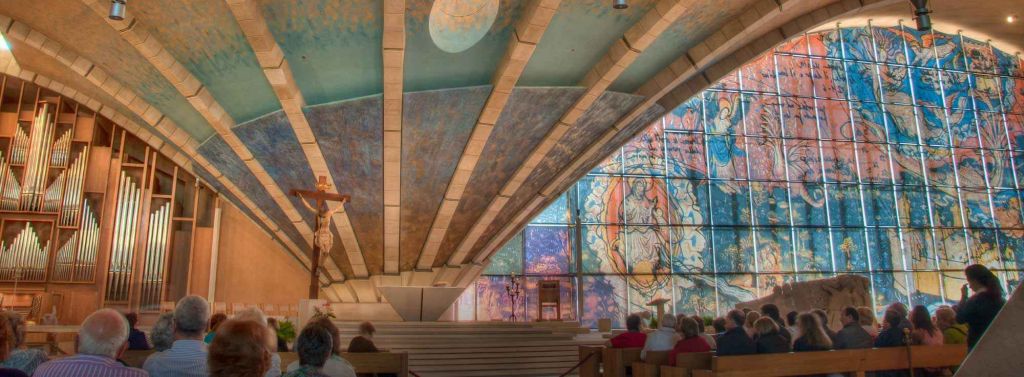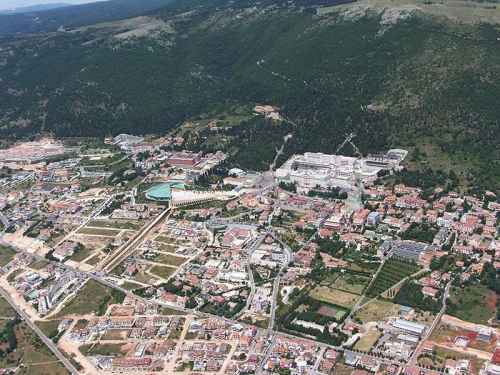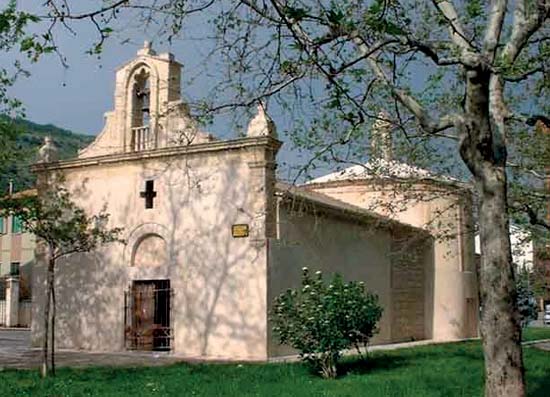




 San Giovanni Rotondo is famous in the world for being the resting place of the remains of San Pio da Pietrelcina, a Capuchin friar who lived there for about 50 years.
San Giovanni Rotondo is famous in the world for being the resting place of the remains of San Pio da Pietrelcina, a Capuchin friar who lived there for about 50 years.
Immersed in the greenery of the Gargano National Park and resting on the hills next to Mount Calvo, the town of San Giovanni is set in the middle of a beautiful natural environment.
The origins of the town go back to the end of the first millenium. It was founded on the ruins of a pre-existing village of the 4th century BC. In 1916 the then young Padre Pio arrived there. He dedicated his life to the service of the Church, promoting the birth of the Prayer Groups and the carrying out charitable works, first of all the "Casa Sollievo della Sofferenza" Hospital, called "temple of prayer and science" by Padre Pio himself.
 The historic center of San Giovanni, is a separate part of the city, especially to those used to frequent the town for the sacred places linked to the cult of Padre Pio. The old part of the city develops into a network of narrow alleys and suggestive corners that reproduce images of an ancient past. Important is its heritage of churches, among which is to remember what was originally the pagan temple dedicated to the God Giano, subsequently consecrated, by the pilgrims who passed along the Via Sacra Longobardorum, to San Giovanni Battista. The rear shape of this church, consisting of a round baptistery, inspired the current name of the town. The environmental setting in which San Giovanni Rotondo is, offers to the nature-loving visitor suggestive scenarios, unique in the promontory.
The historic center of San Giovanni, is a separate part of the city, especially to those used to frequent the town for the sacred places linked to the cult of Padre Pio. The old part of the city develops into a network of narrow alleys and suggestive corners that reproduce images of an ancient past. Important is its heritage of churches, among which is to remember what was originally the pagan temple dedicated to the God Giano, subsequently consecrated, by the pilgrims who passed along the Via Sacra Longobardorum, to San Giovanni Battista. The rear shape of this church, consisting of a round baptistery, inspired the current name of the town. The environmental setting in which San Giovanni Rotondo is, offers to the nature-loving visitor suggestive scenarios, unique in the promontory.
A short distance from the town is a naturalistic phenomenon of great charm: the Grava di Campolato, one of the many karst cavities present in the Gargano, the deepest in Puglia. Near the town, Monte Calvo (1065 m) stands out, the highest peak of the Gargano promontory; from its summit, on the clearest days, it is possible to witness a unique panorama: the view simultaneously embraces the Tremiti Islands in the north and the Gulf of Manfredonia to the south.
